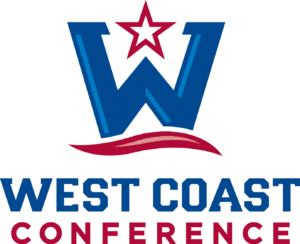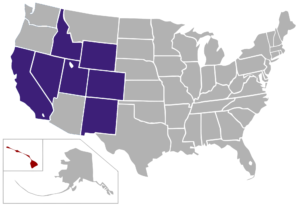Mountain West History

The Mountain West Conference was established in 1999 and is the youngest of the NCAA’s Division I conferences; also known as MW and/or MWC. The Mountain West was formed following the over-expansion of the Western Athletic Conference, with eight of the WAC members breaking off to form their own athletic conference. Today, the Mountain West fields eighteen NCAA athletics. Mountain West football has since lost three of its charter members in BYU, Utah, and, affective in 2013, San Diego State.
It also added Fresno State, Nevada, and Hawaii for 2012 and San Jose State and Utah State in 2013. Boise State joined the conference for a two year stint from 2011 to 2013. The recent changes have somewhat weakened Mountain West football, though a number of competitive and promising programs remain.
Former members Utah, BYU, and TCU have had some of the most success during the Mountain West’s brief history, with current member Colorado State compiling three titles of its own. The Mountain West’s members have provided a fair amount of NFL talent, with Brian Urlacher, Joey Porter, and Keenan McCardell among those to make names for themselves at the pro level.
Mountain West Teams
The Mountain West’s football consists of ten universities. Air Force, Colorado State, New Mexico, UNLV, Wyoming, and Fresno State will be members of the Mountain West for 2012 and beyond. For the 2013 football season, San Jose State and Utah State will replace Boise State and San Diego State, keeping the Mountain West’s football membership consistent at ten universities. BYU and TCU have been the two most successful teams in recent years for the Mountain West. Among the Mountain West’s football rivalries is the over hundred year “Border War” between Colorado State and Wyoming, which began in 1899.
Mountain West Championship and Bowls

With only ten teams, the Mountain West does not use divisions or a championship game format. The Mountain West standing are based off of conference record during the regular season and are used to determine bowl game placement for the top five Mountain West football teams.
The Mountain West Champion faces the fifth-place Pac 12 team in the Maaco Bowl Las Vegas. The second, third, fourth, and fifth Mountain West teams are placed in the Poinsettia, Armed Forces, New Mexico, and Hawaii bowls, respectively.
The conference winner is also eligible to qualify for a BCS bowl if they are the top ranked non-automatic qualifying team and rank in the top twelve of the BCS standing or top sixteen if higher than an automatic qualifying conference champion.
Mountain West Region
The Mountain West’s ten universities all lie along or west of the Rocky Mountains. For many of the schools, these high altitudes can be favorable for kickers. California, Colorado, and Nevada contain two schools each, while the other four schools are spread over four states. Hawaii is the outlier of the conference, located roughly 3,000 miles from the closest Mountain West university. The proximity of the Mountain West’s schools make for easy travel, with the exception of Hawaii, which can create long travels and significant time differences for some of the conference’s games.
Mountain West Betting
Mountain West football can be highly profitable for college football gamblers. In-conference games are typically closely matched and can be examined by bettors to find the superior team. Interconference play often slants the odds away from the Mountain West, meaning that talented teams in the conference can upset the odds and pay off big for those able to recognize which Mountain West teams can compete. Follow Mountain West news, standings, and the latest recruiting classes at FootballBetting.org. Odds and advice will be available for futures, regular season, bowl game betting online, and any other possible wagers surrounding Mountain West football.
